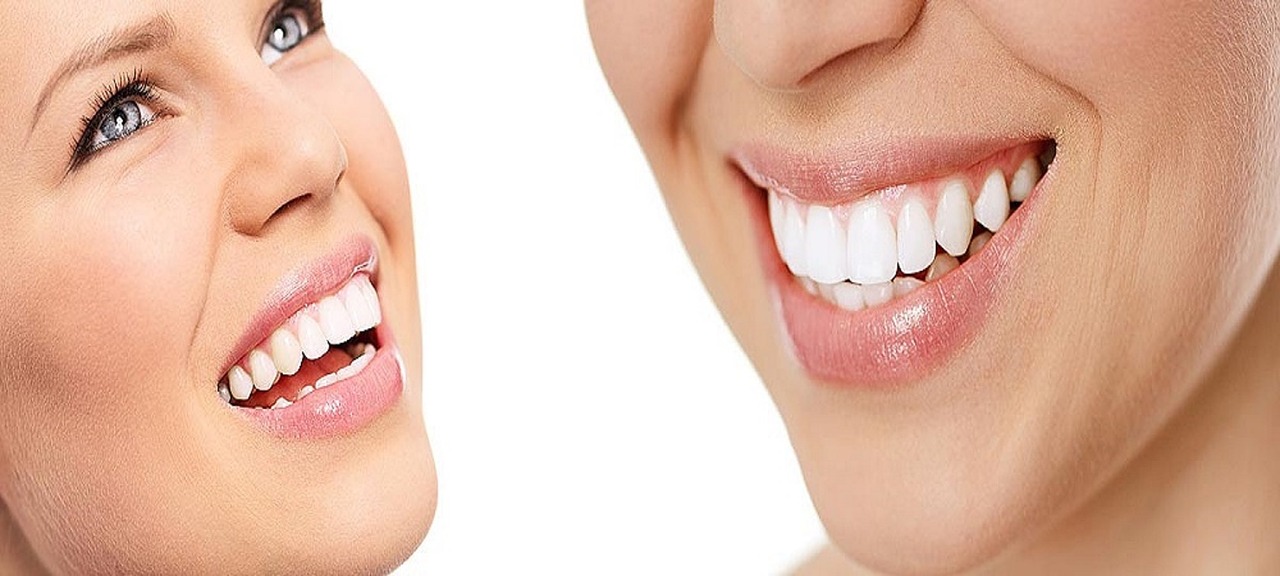Call 408-257-5950 • 19000 Cox Avenue, Suite A • Saratoga, CA 95070
How do dental caries differ from dental cavities?

Caries, cavities, and tooth decay are similar terms that are often confused. They are related, but not exactly the same thing. They do all refer to different stages of bacterial damage to a tooth. When left untreated, caries can develop into a cavity.
Dental Caries
Caries is the scientific term used for describing tooth decay. It is a disease resulting from bacteria that have started the process of decay on or in a tooth. The process is initiated when the bacteria in the mouth starts feeding on sugar from the foods you eat. Bacteria produce acids that begin to eat away at healthy teeth by leaching the minerals. When the mineral levels in teeth start to decline, you may notice white patches on the teeth. These are areas where the enamel has become weakened. Decay has begun at this point. The good news is that if it is caught in time, damage can be treated and oftentimes reversed.
Once the tooth’s structure has broken down, tooth decay occurs. The progression damages the tooth’s enamel and exposes the dentin which is the mineral lying between the enamel and the pulp of the tooth. Once decay has started, it will continue the process until stopped by a filling.
Cavities
Most dentists use the word “cavity” to describe the presence of tooth decay or caries. Technically, a cavity is a hole that has formed in the tooth as a result of the decay. A chipped tooth or broken filling might lead to a cavity. You can have a cavity with caries. When dental caries are present and continue to progress, or if a cavity goes deeply into a tooth and gets near the pulp, you can develop a toothache. Over time, the pulp will die, and you may develop an abscess. If this occurs, either root canals or tooth removal may become necessary.
Preventing Dental Caries and Cavities
Tooth decay, cavities, and caries can occur at any age. Children are more likely to develop cavities, but adults can have them too. People over 50 often have tooth-root decay since their gums begin to recede. Older adults often didn’t have the benefit of fluoride and many of the modern preventative dental treatments available today when they were growing up. They typically have several fillings. These can weaken and fracture over the years. They shrink and tend to leak around the edges allowing bacteria to build up in the crevices. This leads to decay. There are some tips to help prevent decay and they are applicable to all ages:
- Use a fluoride toothbrush and brush your teeth twice daily
- Floss or use an interdental cleaner once daily
- Eat meals that are well-balanced and nutritious and limit snack foods and especially sugary foods
- Stay hydrated by drinking plenty of water
- Ask your family dentist in Saratoga, CA about supplemental fluoride treatment
- See your dentist regularly for oral examinations and professional cleanings
- If you smoke, quit as tobacco can pose a hazard to your teeth, mouth, and gums
Contact Saratoga Family Dentistry
Do you or your child have a tooth you are concerned about? Or is it time for your routine dental exam? Contact Dr. Araldi, DDS at Saratoga dentistry with your questions or concerns. We can help with preventative treatment options and regular exams. Most of the time, if issues are caught early enough they can be treated successfully.
